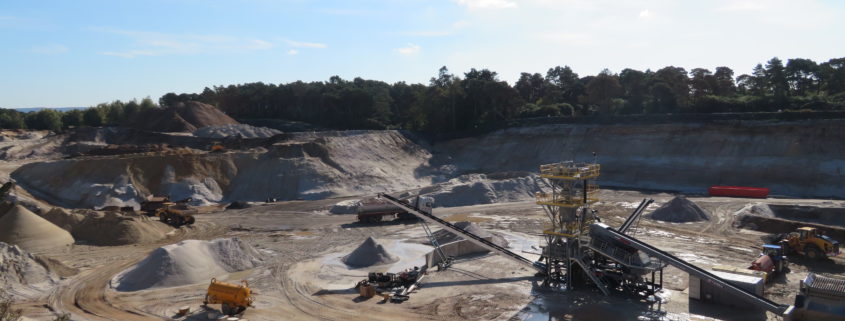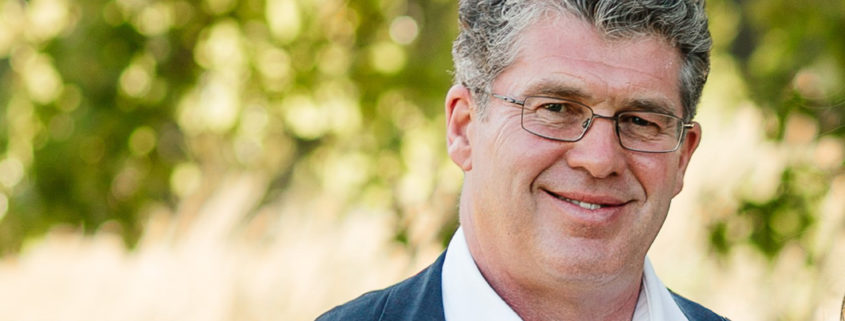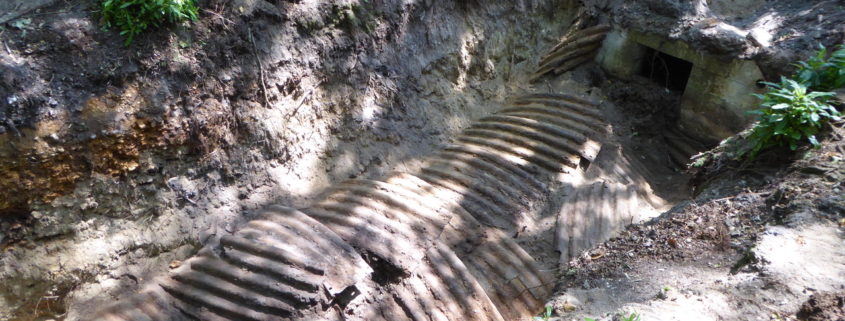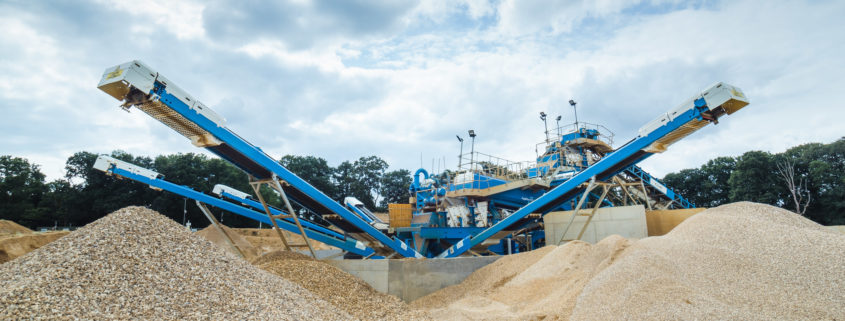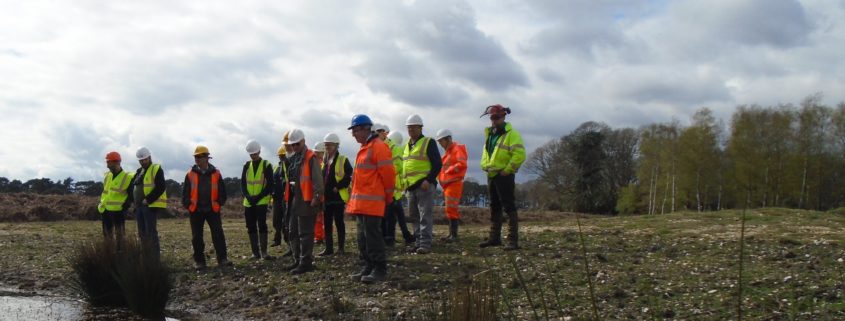Raymond Brown handed RoSPA President’s (10 Consecutive Golds) Award for Health and Safety Practices
Raymond Brown has been handed a prestigious award in recognition of its practices and achievements in helping our staff and subcontractors get home safely at the end of the working day.
Raymond Brown has achieved a President’s (10 consecutive Golds) in the internationally-renowned RoSPA Health and Safety Awards, the longest-running industry awards scheme in the UK.
The RoSPA Awards scheme, which receives entries from organisations around the world, recognises achievement in health and safety management systems, including practices such as leadership and workforce involvement.
Julia Small, RoSPA’s head of qualifications, awards and events, said: “The RoSPA Awards have become the key fixture in the health and safety calendar with new sponsors and new awards this year including the Leisure Safety Awards, the Safe@Work Safe@Home Award and the Inspiration Awards. Highly-respected, with almost 2,000 entrants every year, RoSPA award winners benefit from the wide-ranging rewards of improved sector reputation.”
The majority of awards are non-competitive and mark achievement at merit, bronze, silver and gold levels. Gold medals, president’s awards, orders of distinction and the Patron’s Award are presented to organisations sustaining the high standards of the gold level over consecutive years.


